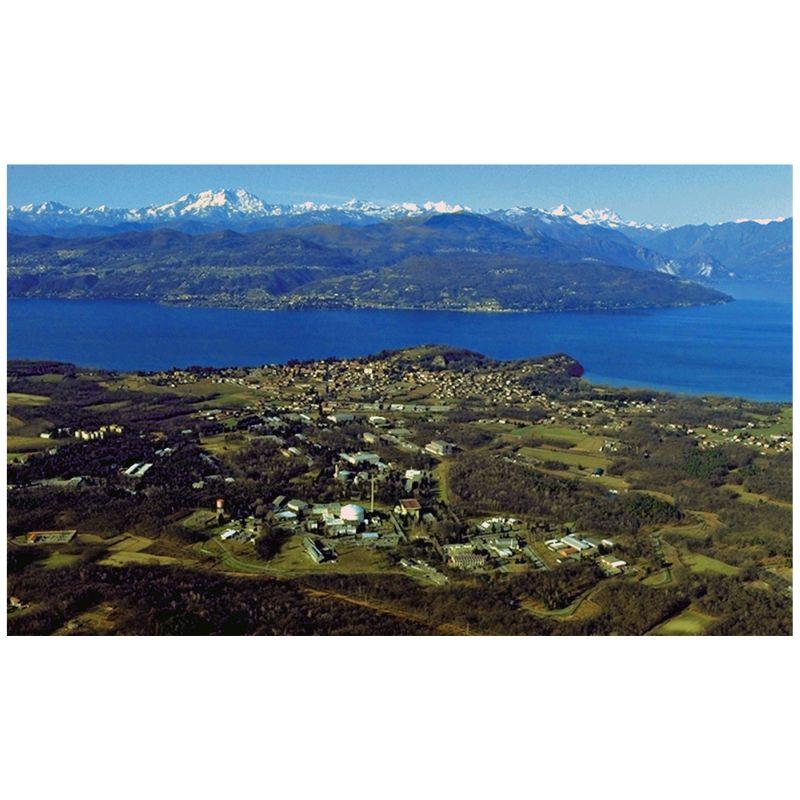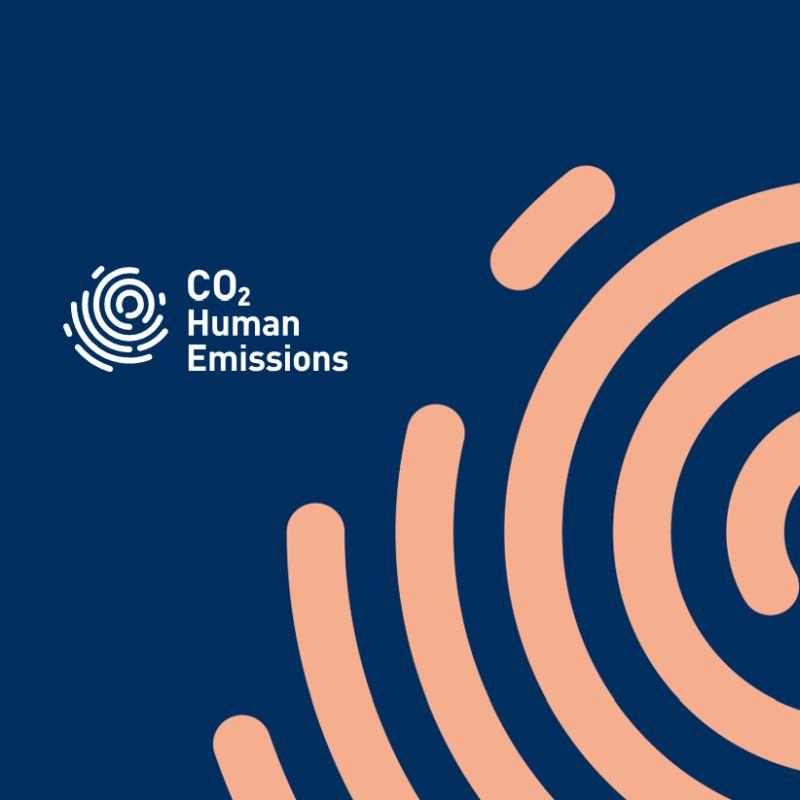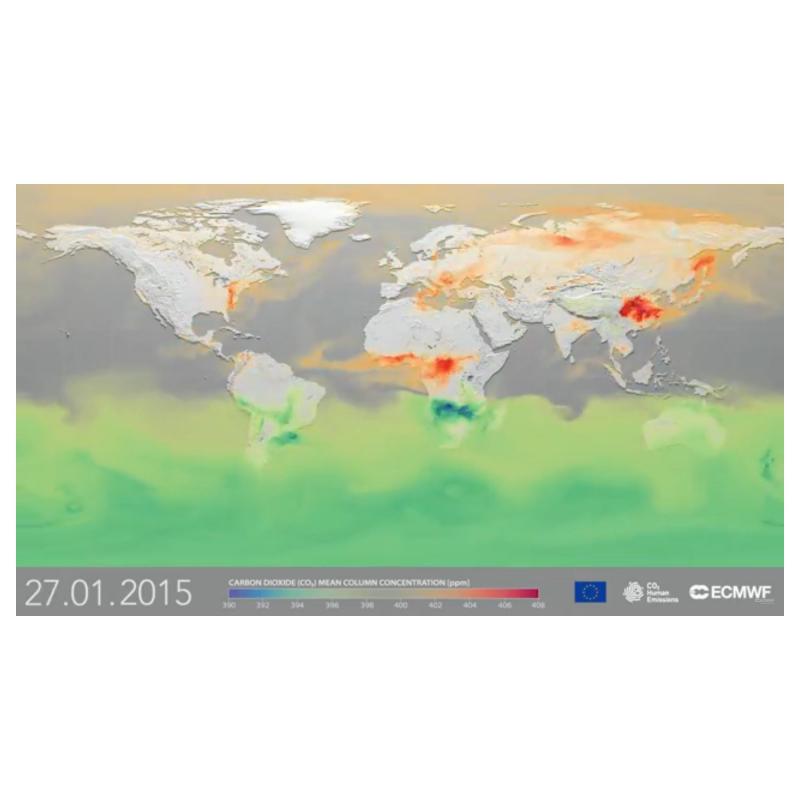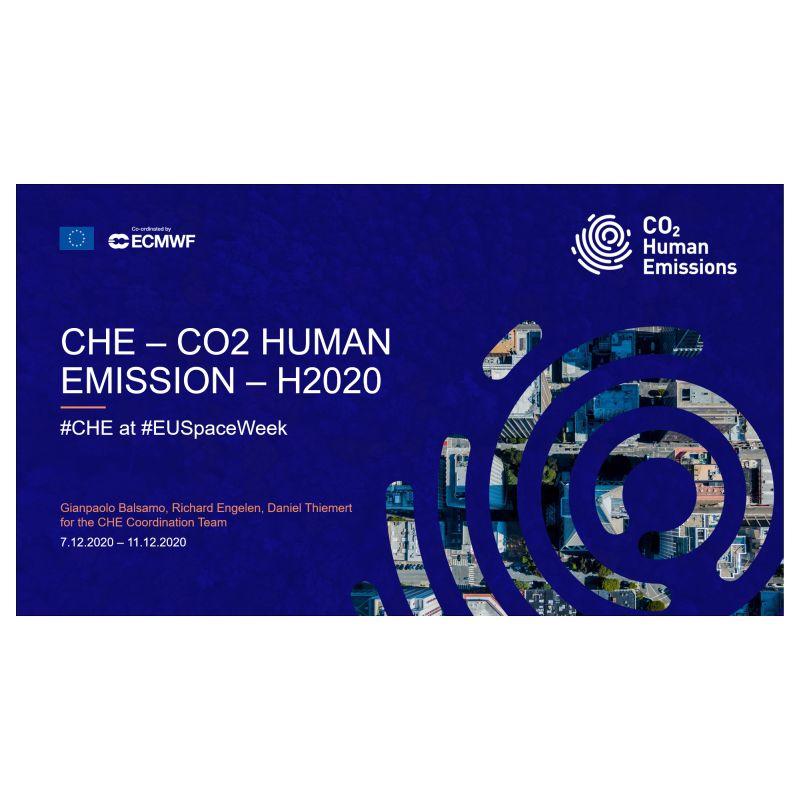A reliable monitoring system, that can detect CO2 emission changes over time and follow the Nationally Determined Contributions for GHG reductions under the Paris Agreement, has to take into account the accuracy of the underlying emissions inventories in order to optimally assimilate remote sensing and ground based observations. For tracking NDCs, two different types of actions can be considered: (i) for the emissions sources with well-known large strength: accurate monitoring and (ii) for the less well-known emissions with large uncertainties: carefully assessing and reducing the uncertainty.
CHE experts of the Joint Research Centre of the European Commission and ECMWF discussed how to best cluster CO2 emission sectors and identify the major classes of human activities.
The EDGARv4.3.2 dataset (Janssens-Maenhout et al., 2017) has been selected for the global CO2 emissions and uncertainties are evaluated as percentages above and below. Over Europe emission estimates provided by TNO (Denier van der Gon et al., 2017) will offer an important method of comparison to further assess variability and representativeness.
The energy production sector, industry and agriculture emissions, residential related emissions, surface based transportation, aviation, and, high uncertainty sectors are the six identified clusters.
Upper and lower emission uncertainty maps will be generated for these clusters and, combined with the monthly emission maps, will provide quantitative guidance on how to characterise CO2 uncertainty variability in space and time.
This work is a pre-requisite to defining a sampling strategy to produce the first Ensemble-based CO2 Human Emission Integrated simulation in 2019. The global simulations will be compared with more regional and city scale datasets.
JRC is also leading a mapping effort with the Global Surface Water Explorer (GSWE) the Global Human Settlement Layer (GHSL). The latter dataset can introduce a further layer of information to distinguish the level of urbanisation. A classification of Urban Centres, Suburbs & Urban edges, Towns, Villages, Disperse rural areas, and Mostly inhabited rural areas can further support distributing the uncertainty spatially. Special attention will be given to the energy production sector where the major power plant emission will be assigned and distributed using the CARMA dataset.
Linking human settlements and emission mapping/modelling is a way to constrain further the anthropogenic CO2 uncertainty and it has potential for improving the representation of CO2 and heat turbulent mixing in the urban boundary layers where CO2 and heat sources are elevated comparing to rural or inhabited areas.
This is aligned with the Earth system modelling approach embraced at ECMWF supporting the monitoring activities in the Copernicus Atmospheric Monitoring Service (CAMS) and the Copernicus Climate Change Service (C3S).




